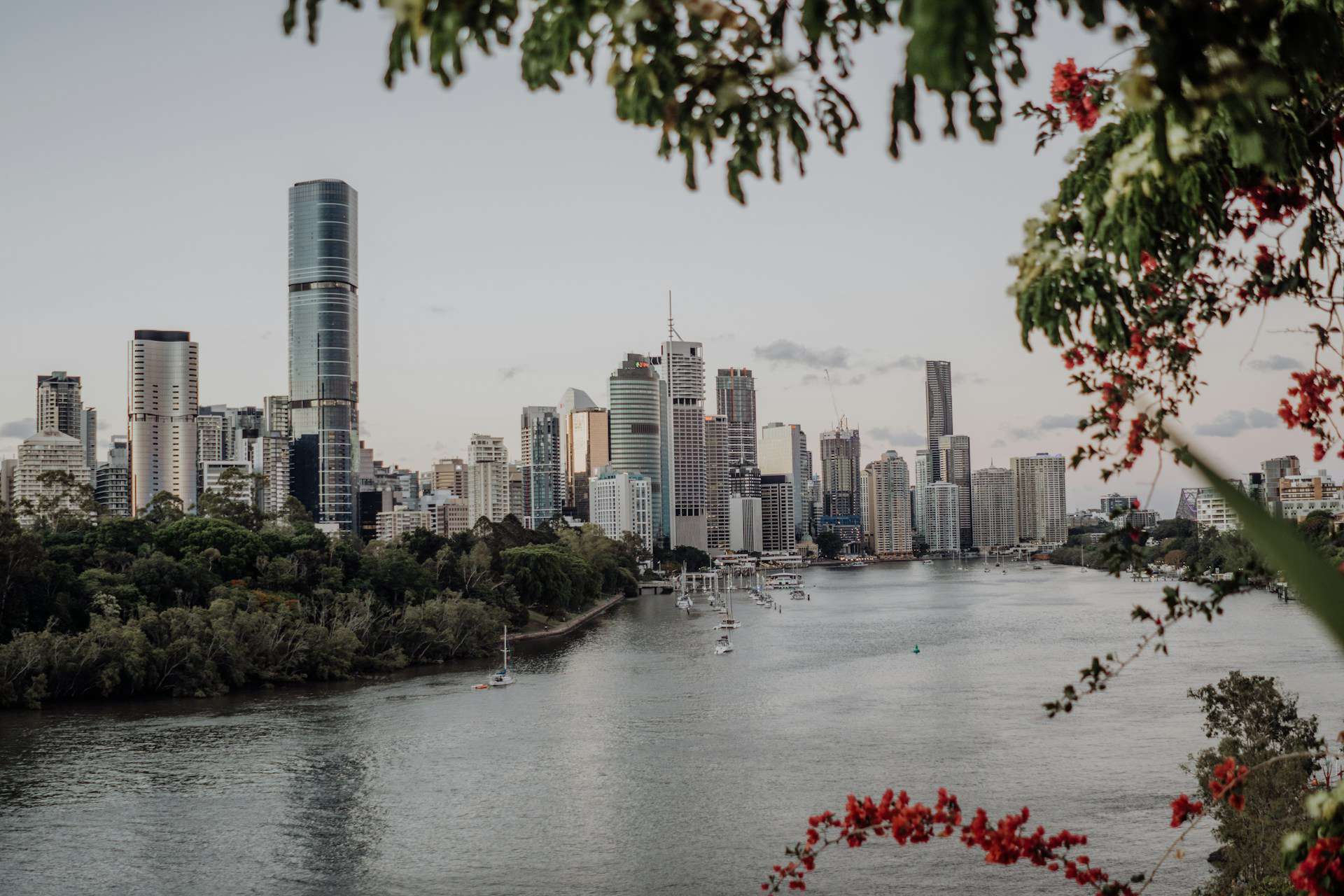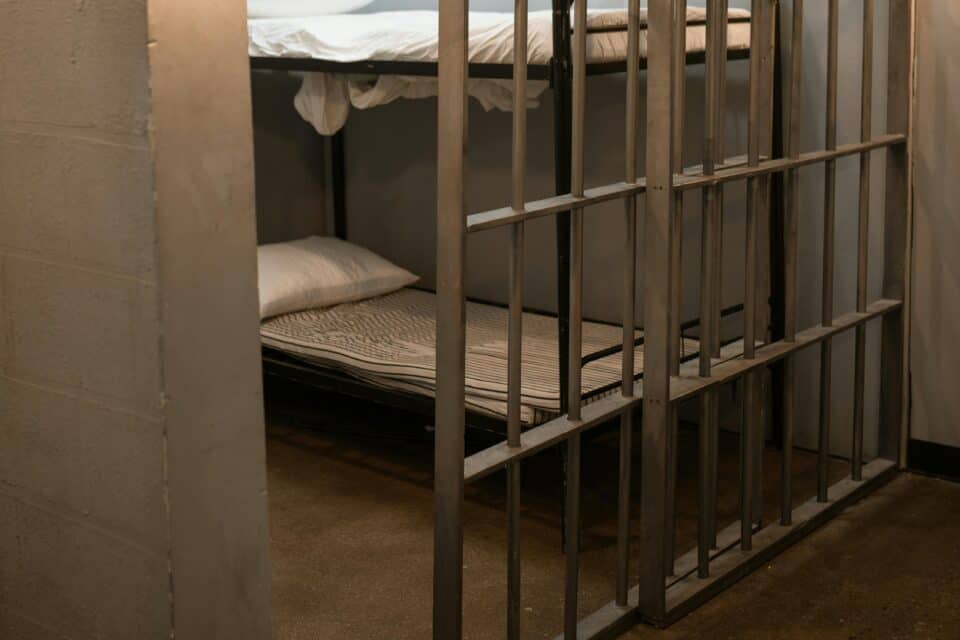Setting an enrolment limit on international students may be a controversial but obvious way to bring down migration figures without sparking electoral backlash – which means a difficult time ahead politically for those whose role it is to advocate for Australia’s international education industry.
Other channels such as refugees and family settlement will be harder to tamper with according to Phil Honeywood, CEO of International Education Association of Australia.
“The current overseas migration number is 540,000 and the prime minister wants to bring that down to 250,000 for the coming financial year [July 1]… but the problem is, within that 250,000 you’ve got refugees; you’ve got family reunion visas; you’ve got temporary school visas, and international student visas,” he told The PIE.
“International students are the only group that the government can be confident that they can reduce… numbers significantly and not have any electoral backlash.”
In the run up to a federal election before September 2025, the sitting labour government will not want to reduce the number of refugees or family reunion visas for fear of upsetting electorates in migrant community areas, noted Honeywood.
Additionally, it is unlikely to bring down the working holiday visa due to demand from the hospitality industry for young people to work in restaurants and from the national party “for workers to pick fruit”, he added.
Last month, the country’s prime minister Anthony Albanese said that by the end of the next financial year, his government is “determined” to cut immigration, after inheriting a system “that was a mess”.
“International students are the only group that the government can be confident that they can reduce… numbers and not have any electoral backlash”
“What we’ve been doing is making sure that in areas such as vocational education, for example, some people were coming here doing courses that were, frankly, Mickey Mouse courses, using that to stay here for a very long period of time.
“What we’re doing is putting integrity and rigour back into the system. Now, students coming here is an important source of economic income,” he said.
Limiting enrolments per institution is not dissimilar to Canada’s study visa cap announced earlier in 2024 to reduce international student levels which are receiving increased scrutiny in the country’s immigration debate.
The implementation of a “soft” cap rather than Canada’s “hard” one has been welcomed by stakeholders, but they are warning the government not to forget the benefits of international students in Australia.
Research students and students at secondary school level are also not party to any limits set by recruiting institutions.
“We’ve found in the past that when the pendulum swings against us in policy terms, it takes a while to come back. It won’t just be after the federal election, there’s going to be a lot of water under the bridge between now and getting that pendulum back to where it was pre-covid,” Honeywood told delegates at the Department of Education International conference in Brisbane.
“I’ve been on radio shows and TV shows to try and get the message out about how important international education is to Australia’s future, not just the money it brings, but the soft diploma benefits,” he told The PIE.
Universities Australia has highlighted the benefit international students bring to classrooms and communities, “building a bridge between cultures and nations”, as well as their economic impact contributing approximately $25.5 billion to the Australian economy each year.








